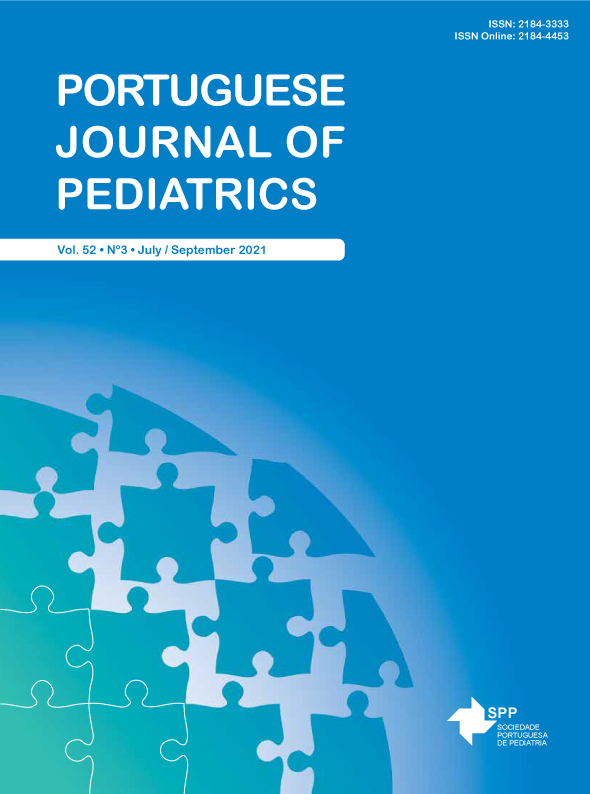Charcot-Marie-Tooth Disease - From Steppage Gait to Nephropathy
Date of submission: 11-09-2020 | Date of acceptance: 01-03-2021 | Published: 02-07-2021
DOI:
https://doi.org/10.25754/pjp.2021.20927Abstract
A previously healthy nine-year-old boy was referred to the Paediatric Neurology Outpatient Clinic for steppage gait. Objectively he had claw toes and slight muscular atrophy of the intrinsic muscles of hands and feet, almost absent Achilles and Rotulian reflexes, slight retraction in dorsiflexion of the feet. Electromyography revealed severe and demyelinating sensorimotor polyneuropathy. The MLPA study of the PMP22 gene revealed no changes. The NGS panel detected heterozygous variant c.395T> C in gene INF2 (Cr. 14), which causes Charcot-Marie-Tooth disease E and isolated focal segmental glomerulosclerosis (FSGS). Autosomal dominant intermediate CMT-E is an uncommon CMT variant (<1 /1 000 000) characterized by mixed axonal-demyelinating physiology that shares CMT and FSGS features. This report shows the importance of a complete diagnostic workup, which allowed genetic diagnosis, optimizing clinical surveillance, and reinforcing the importance of multisystem evaluation and multidisciplinary management.
Downloads
Downloads
Published
Issue
Section
License

This work is licensed under a Creative Commons Attribution-NonCommercial-NoDerivatives 4.0 International License.









